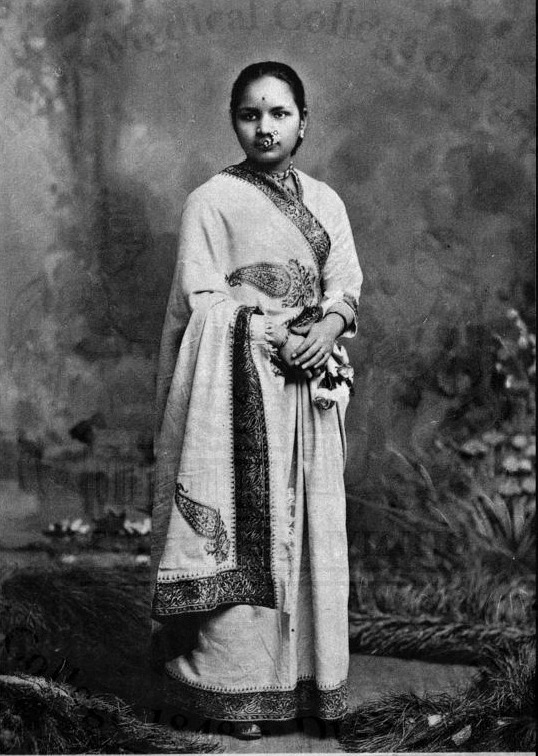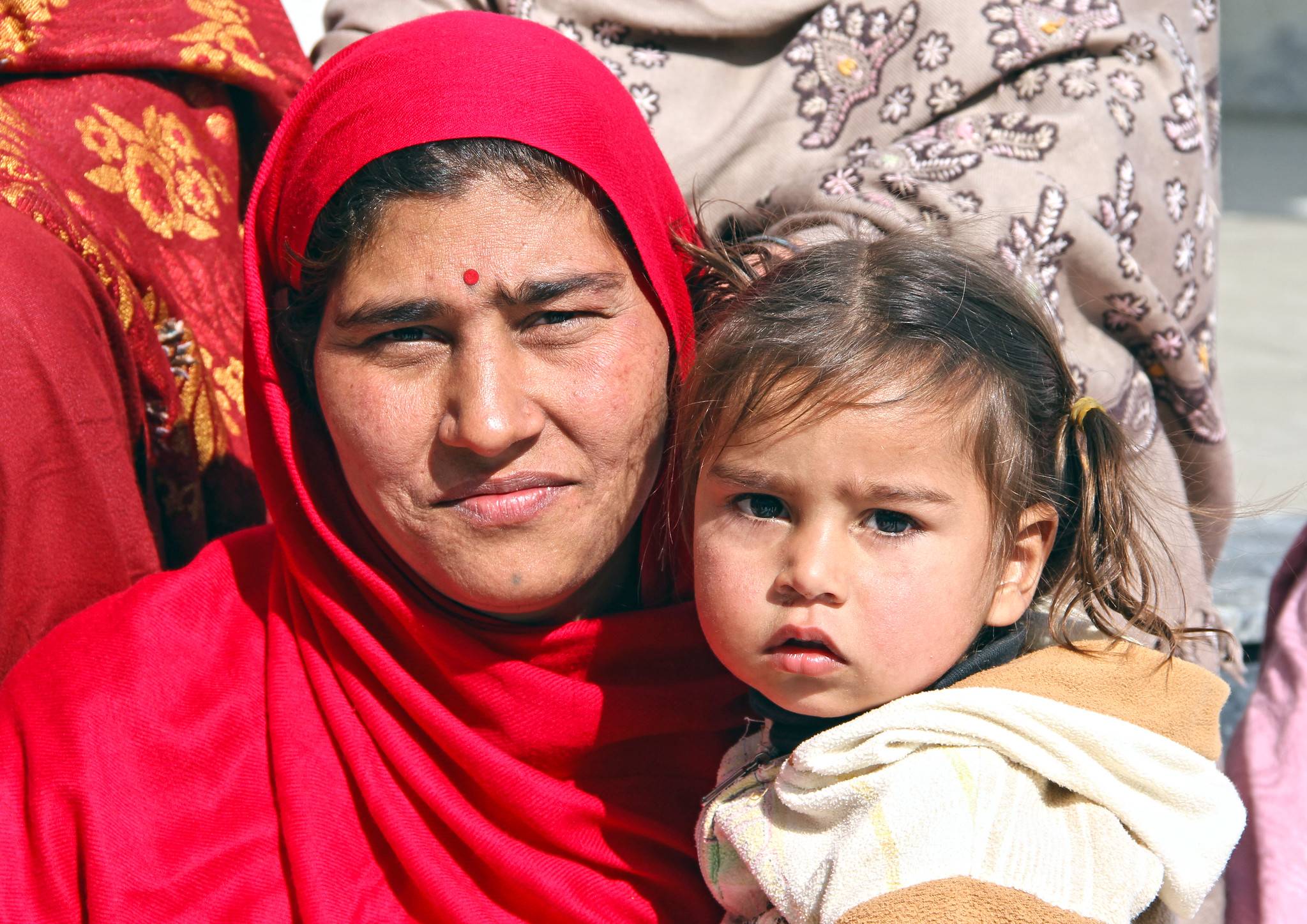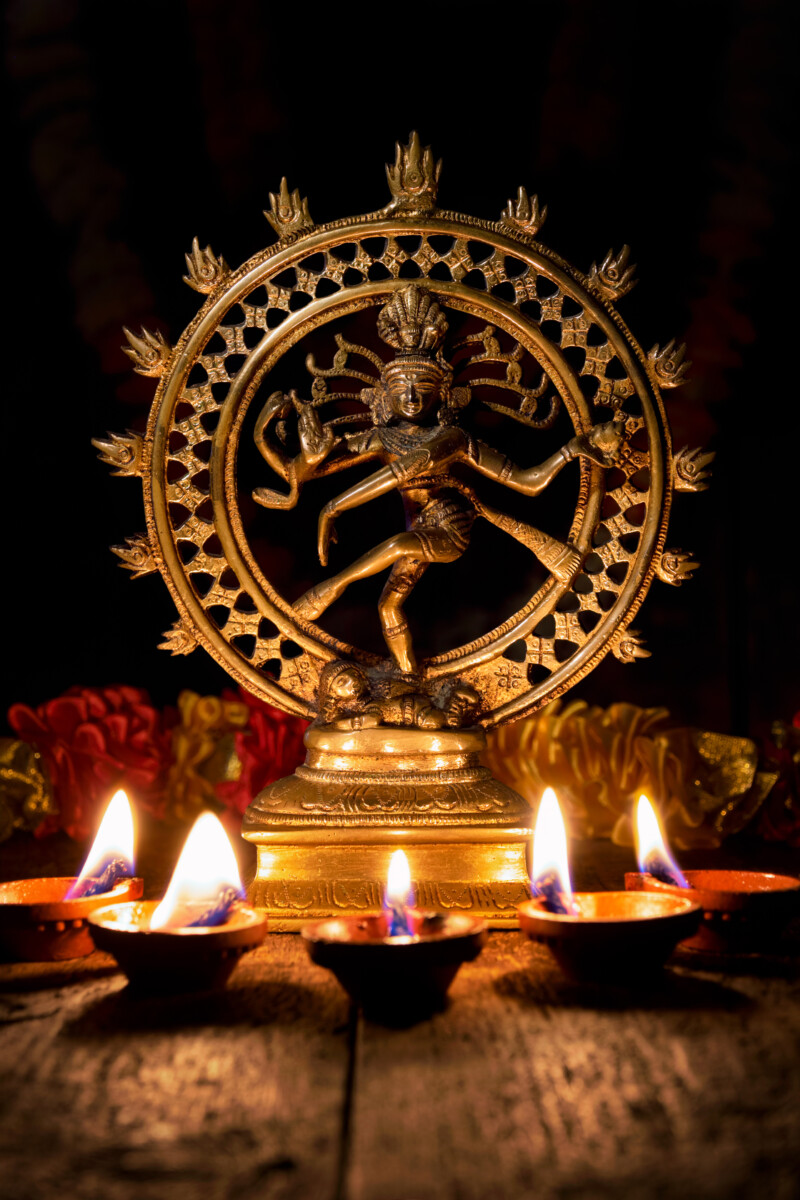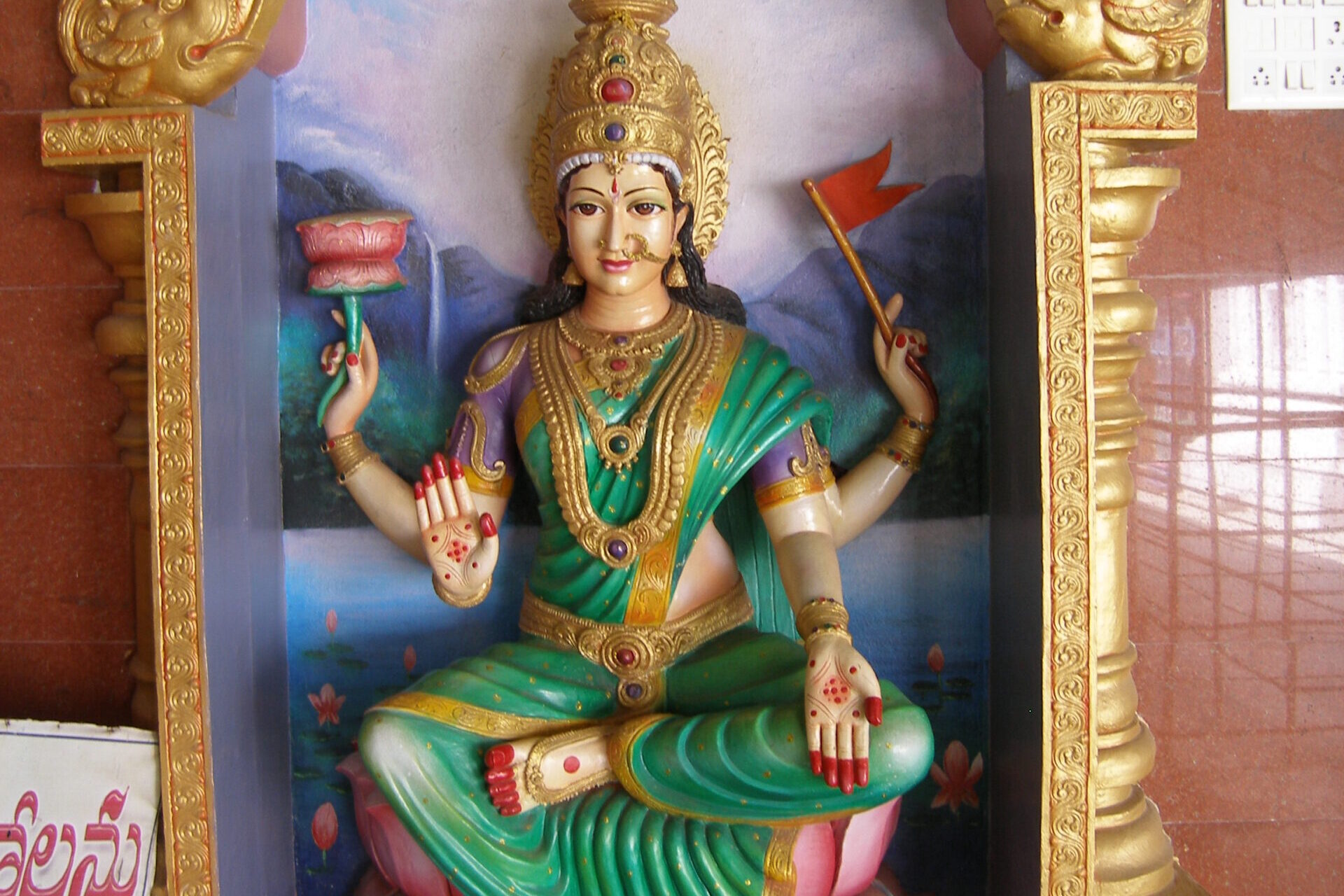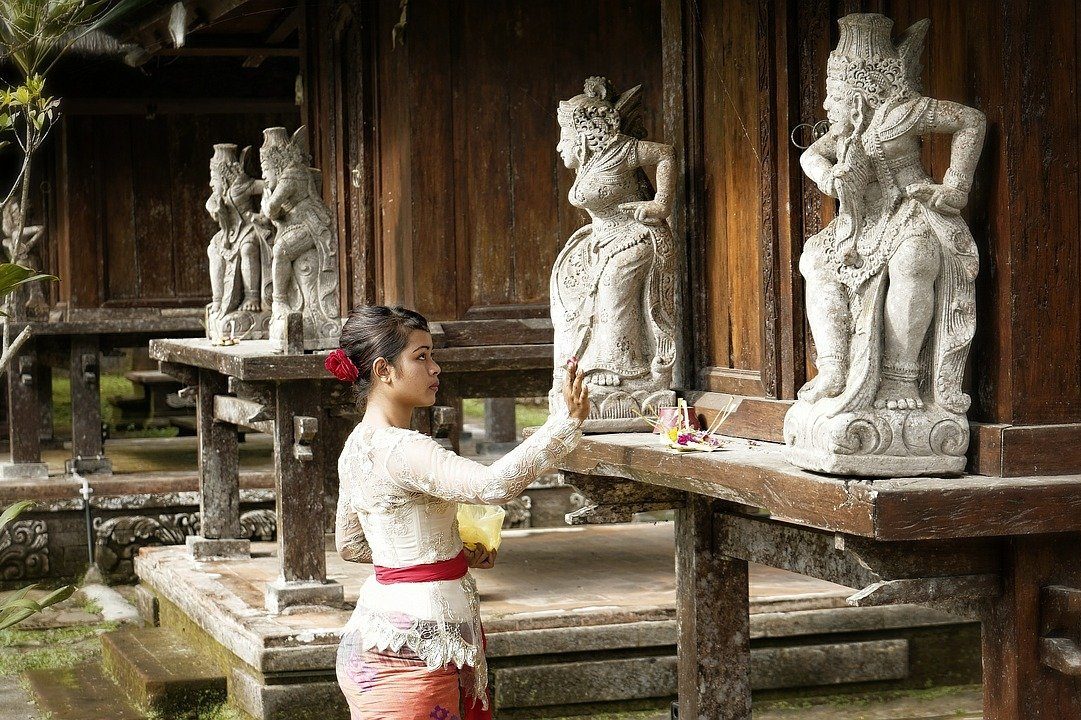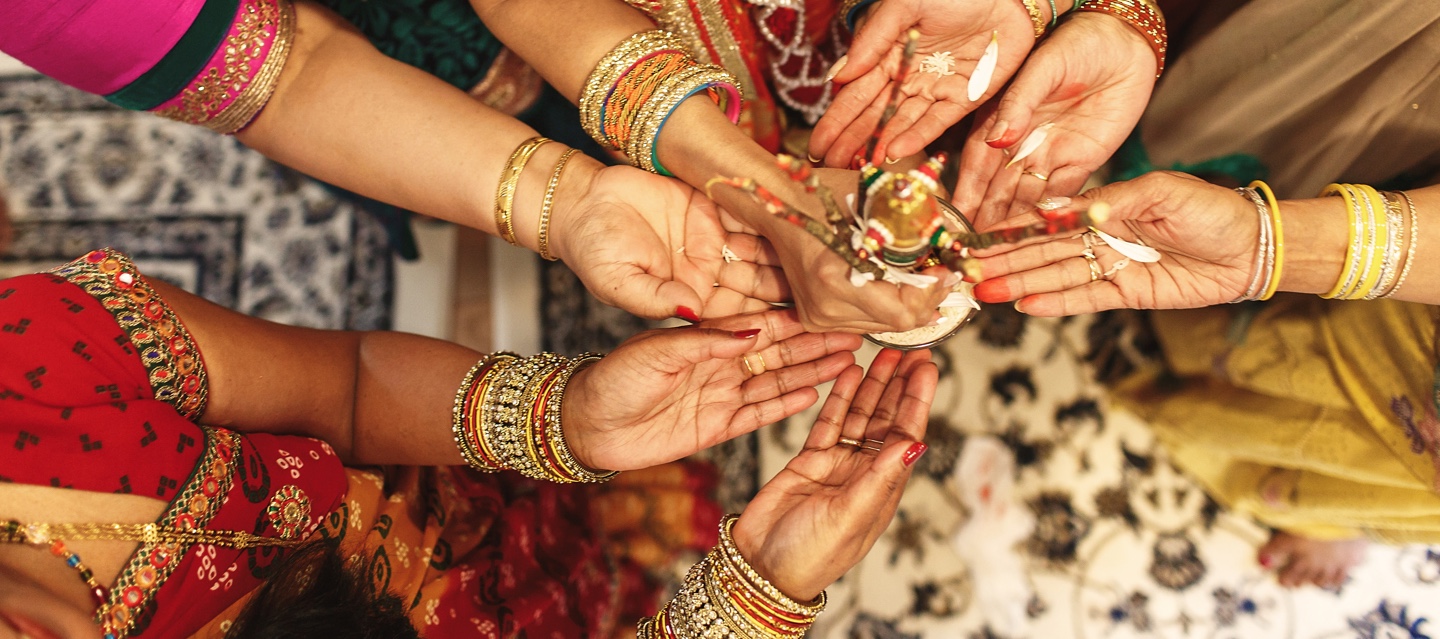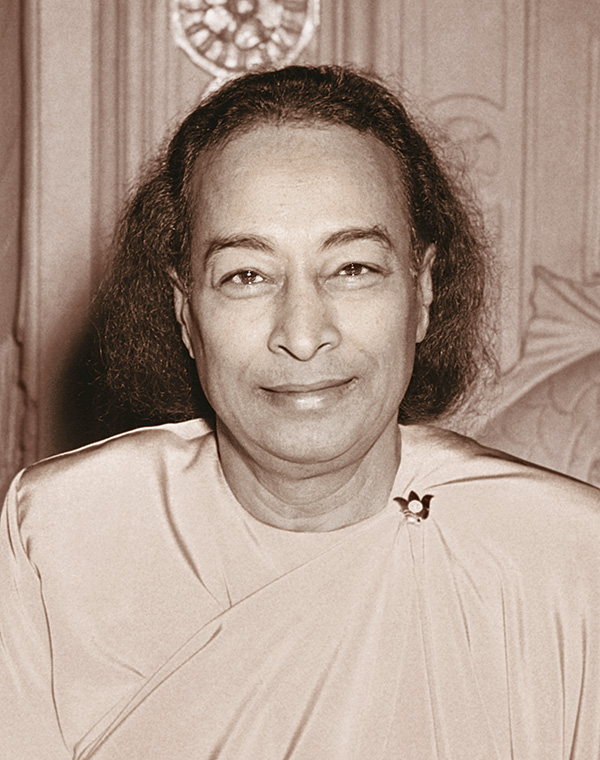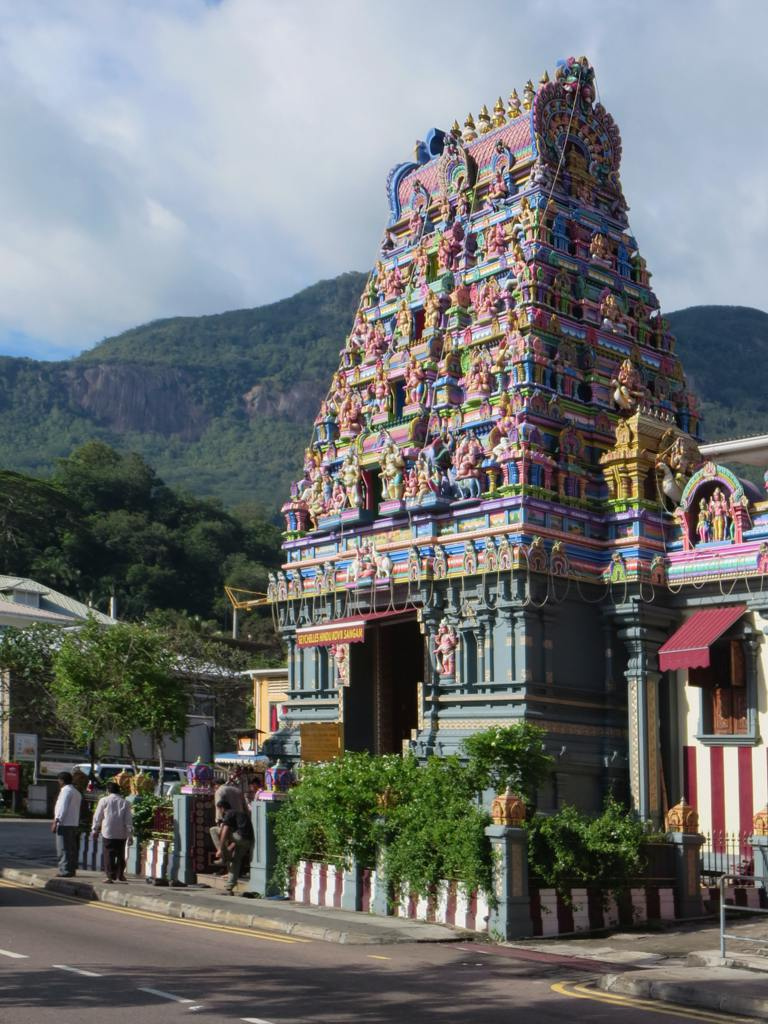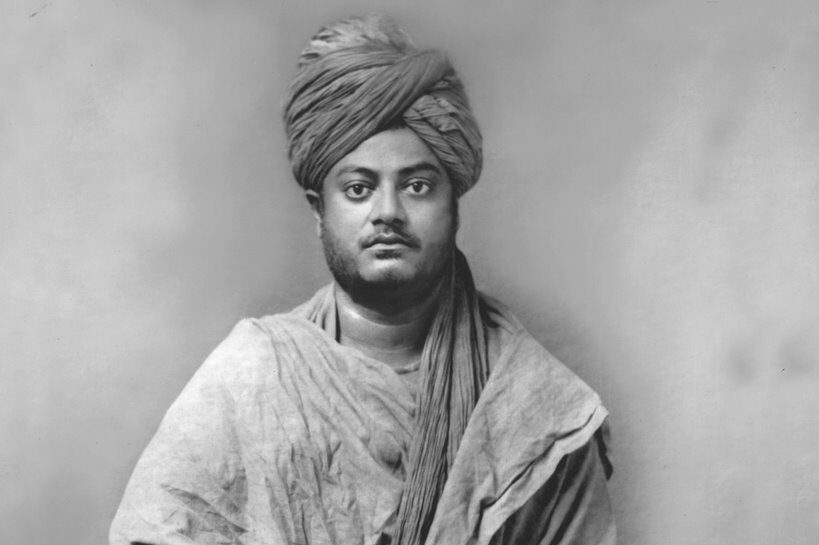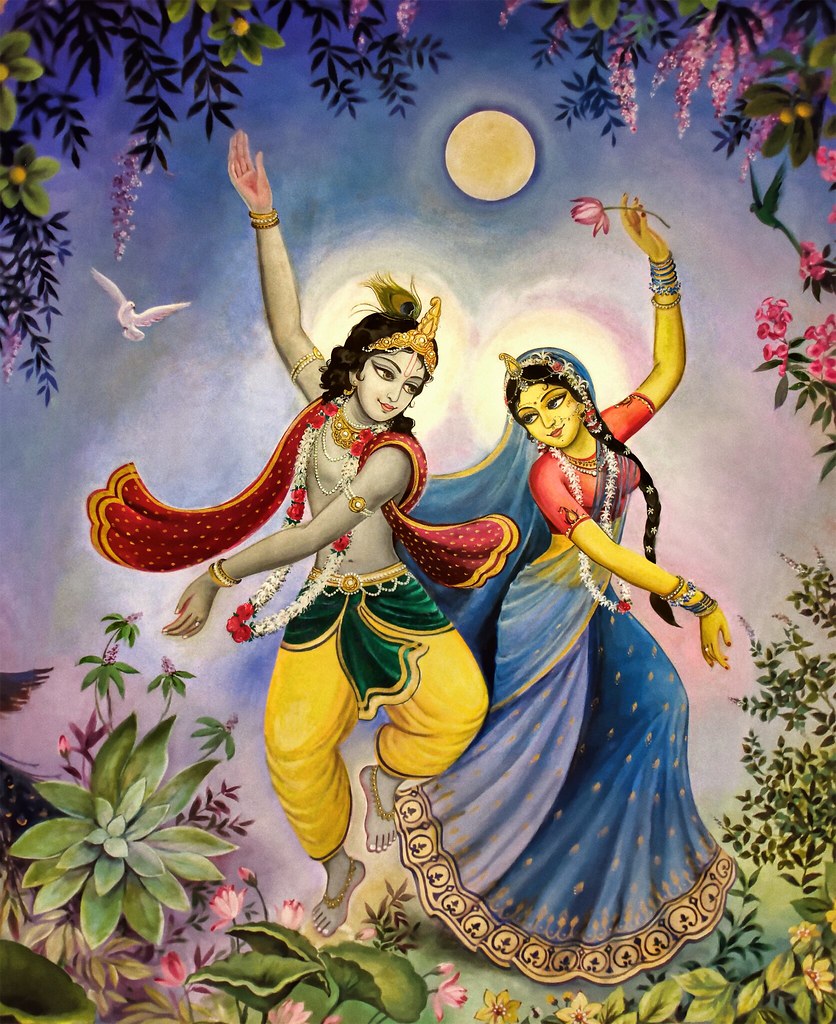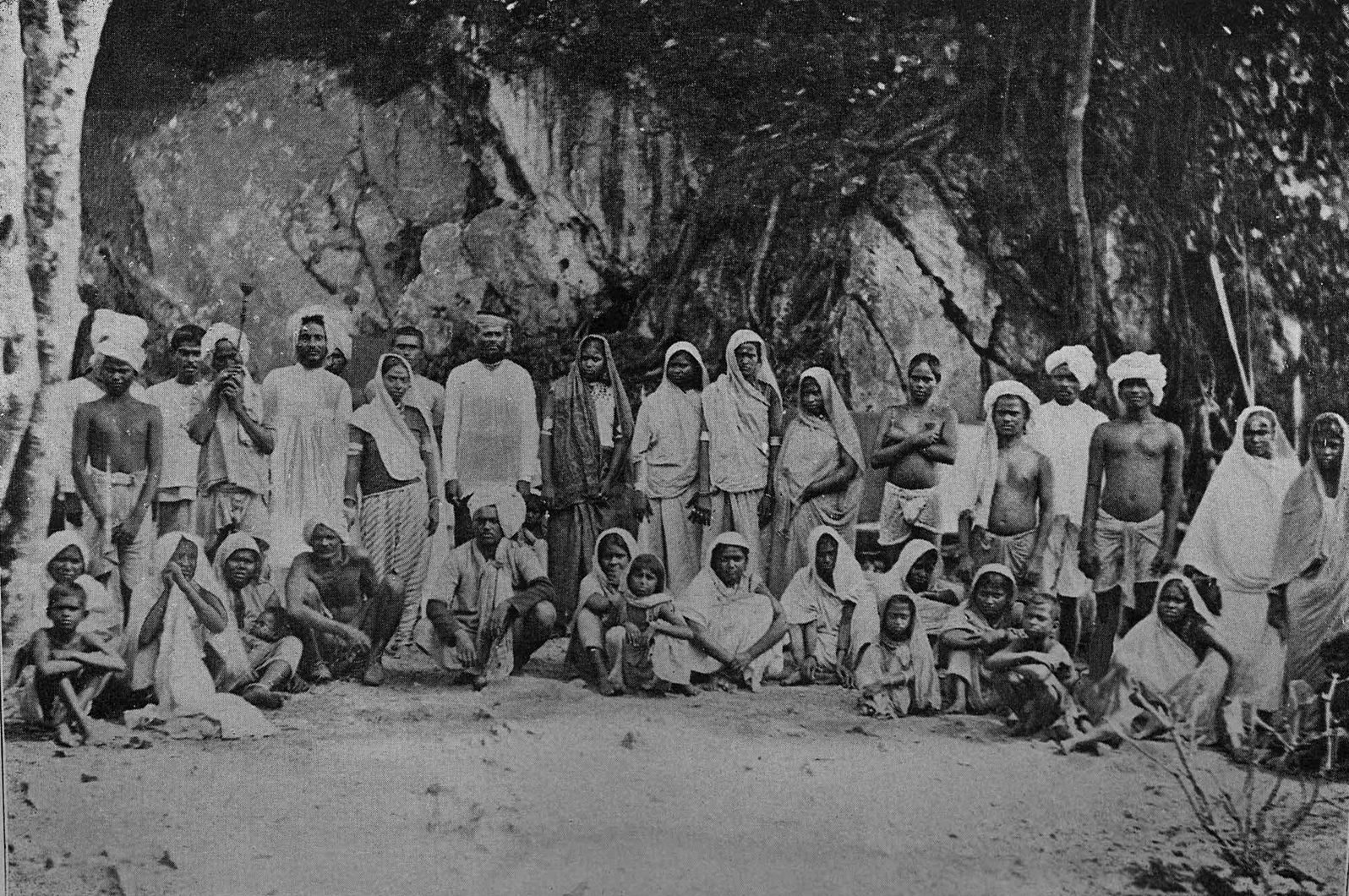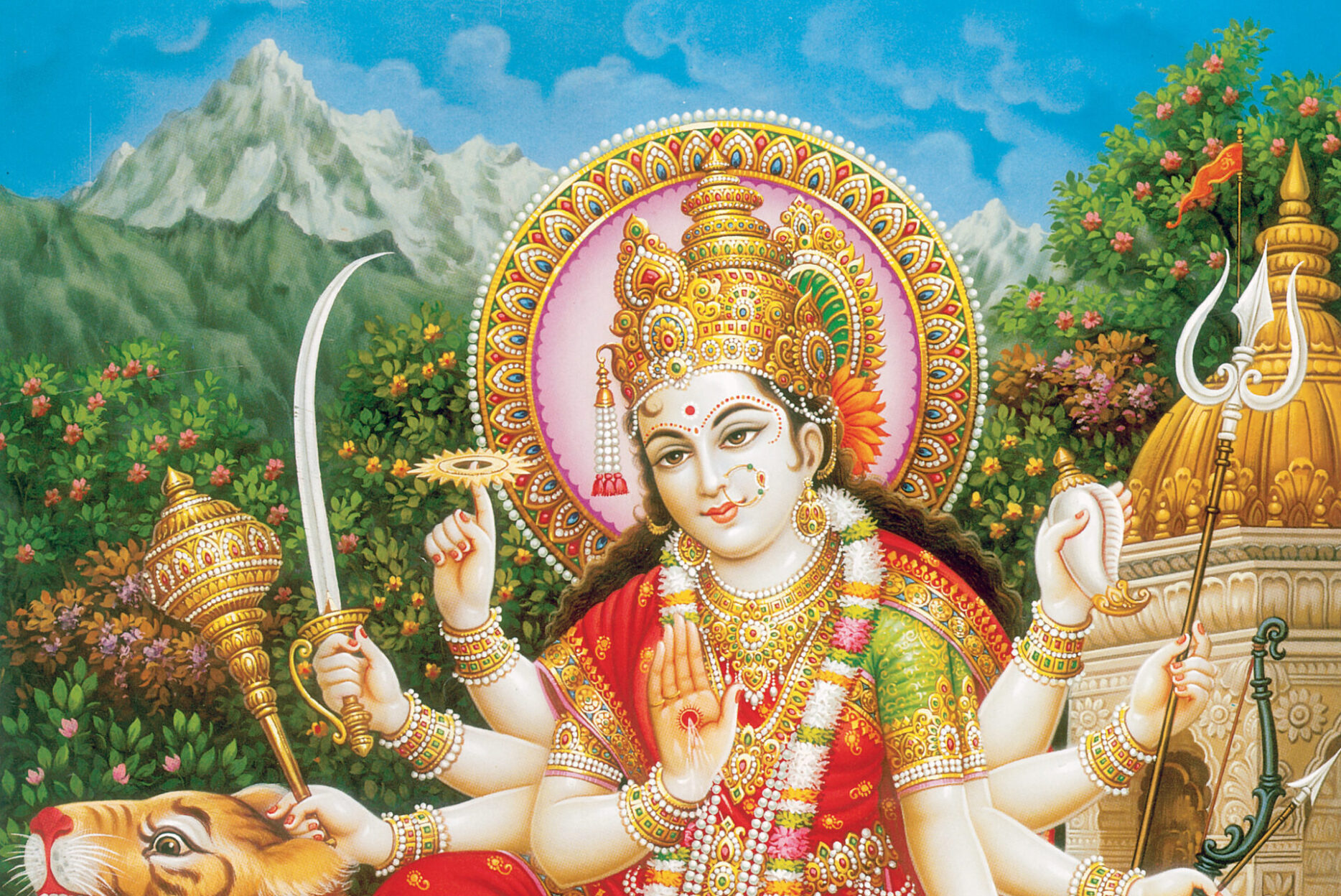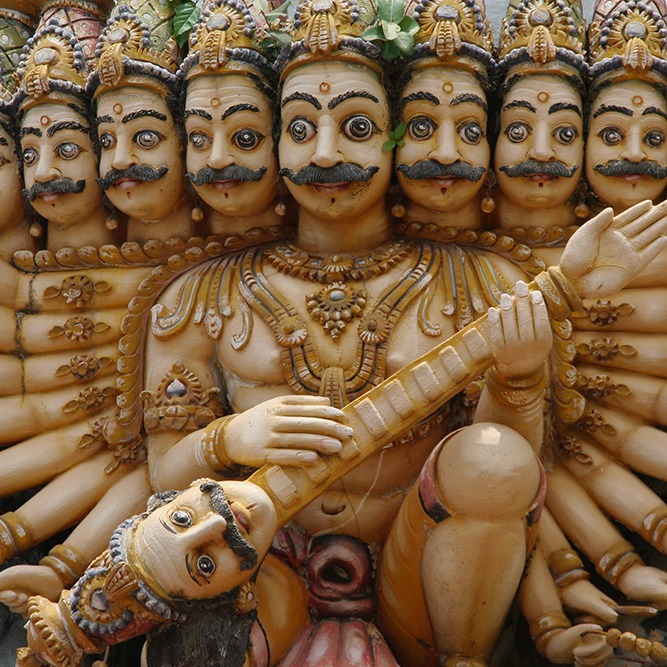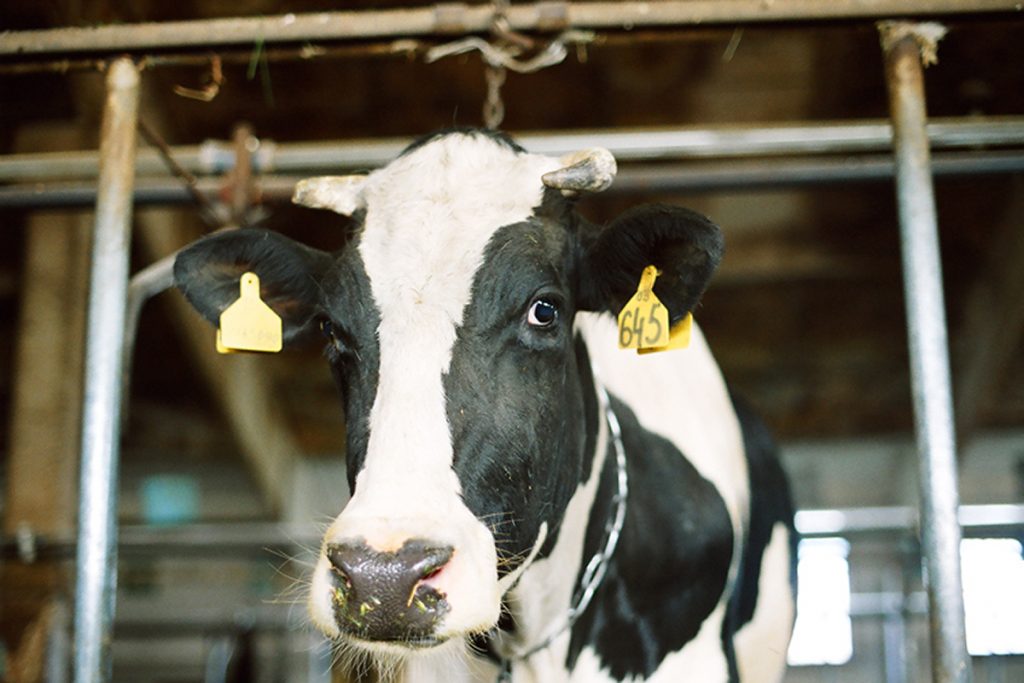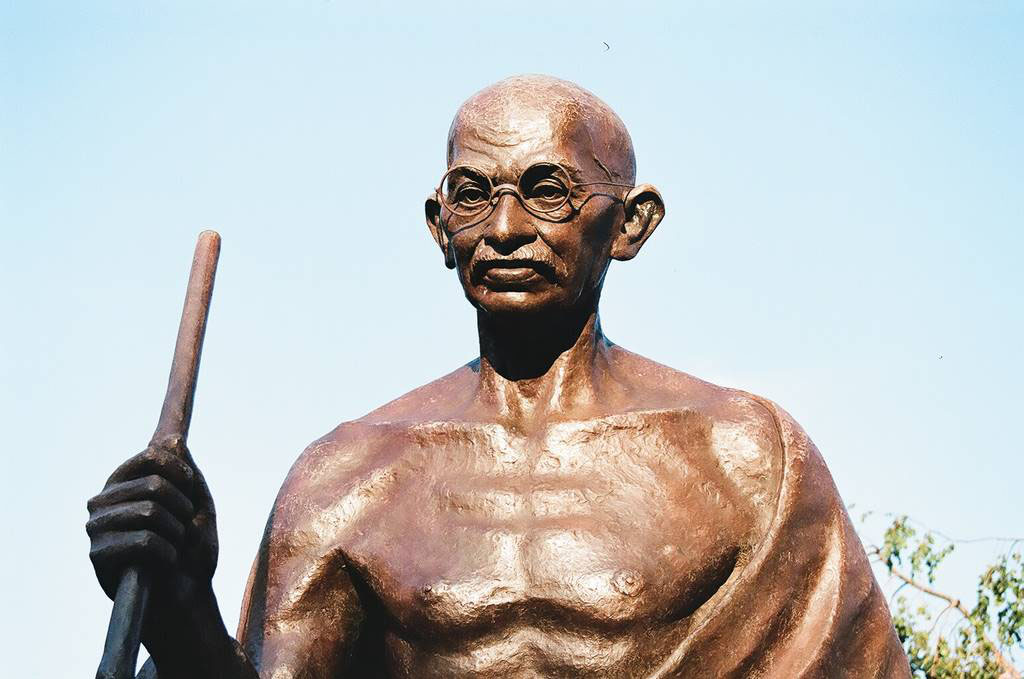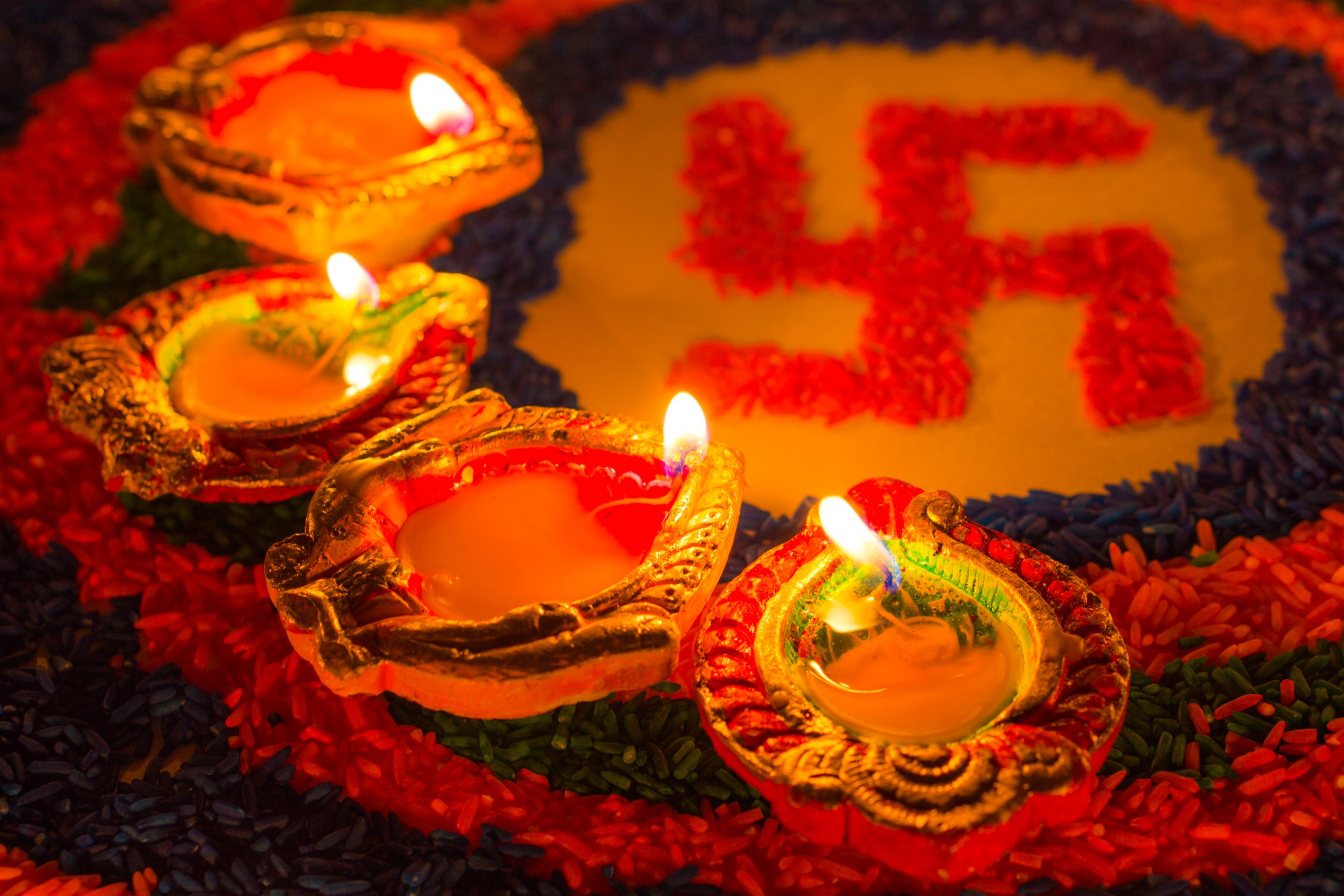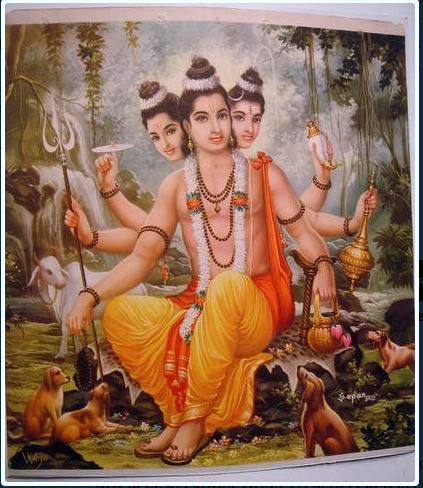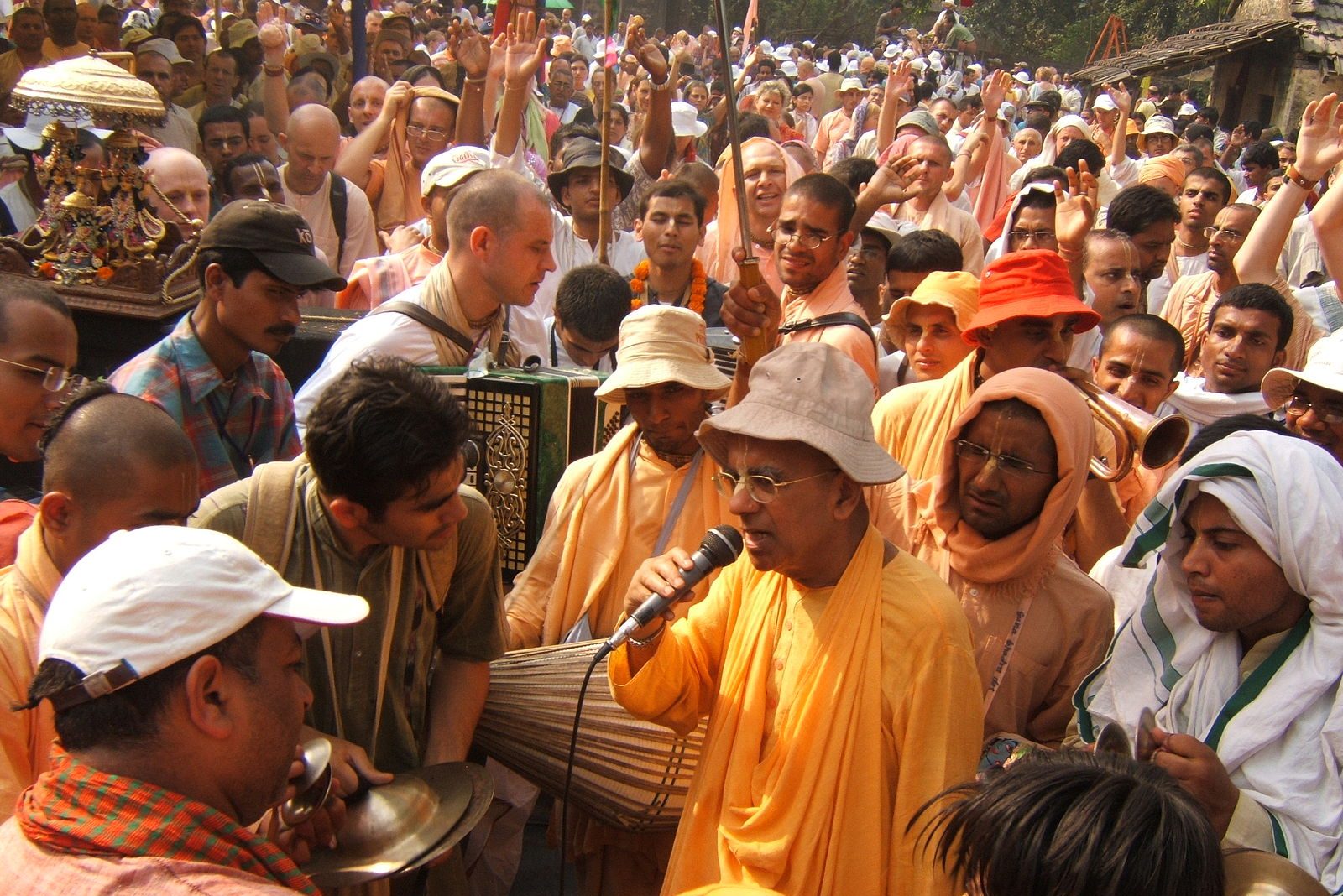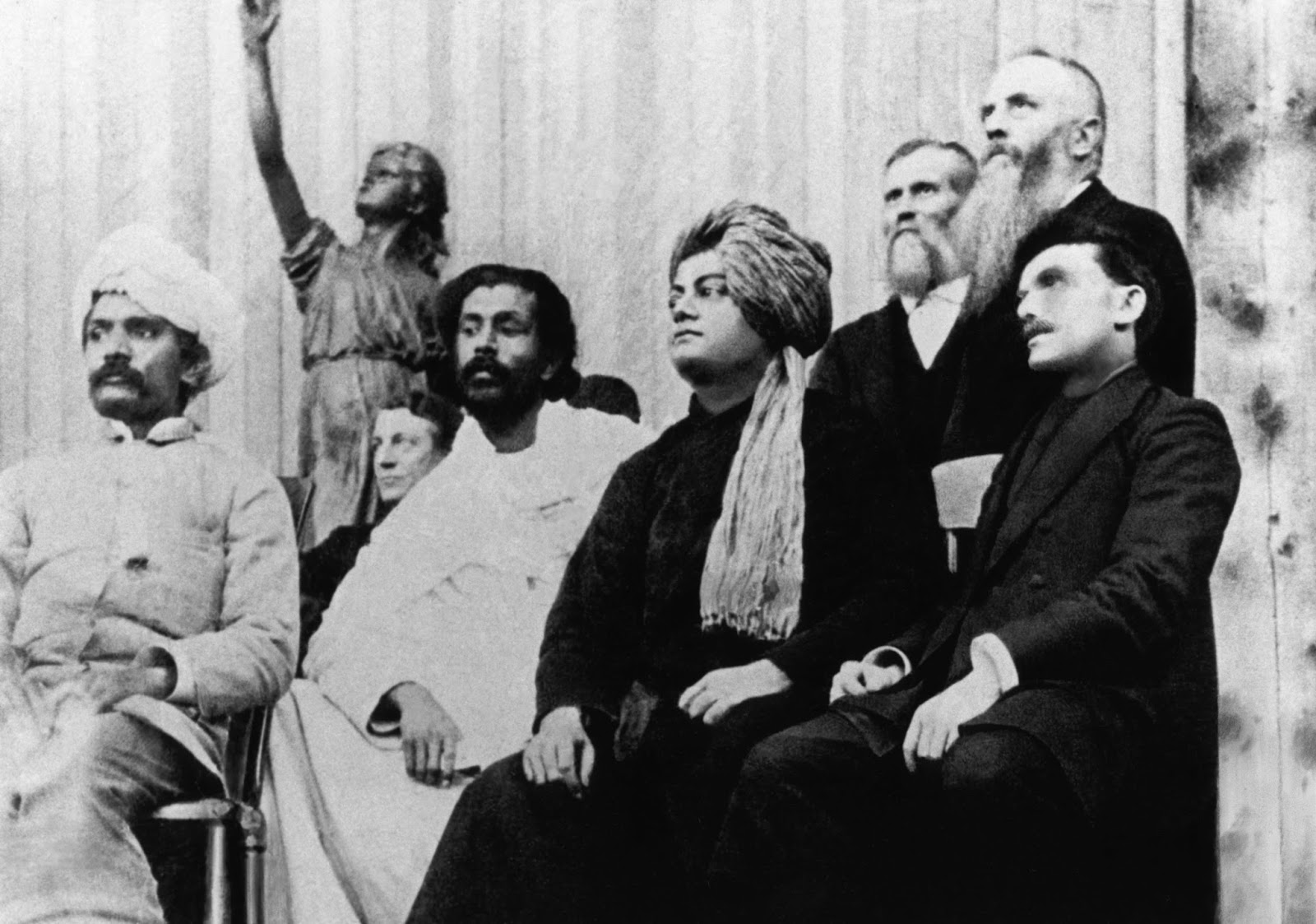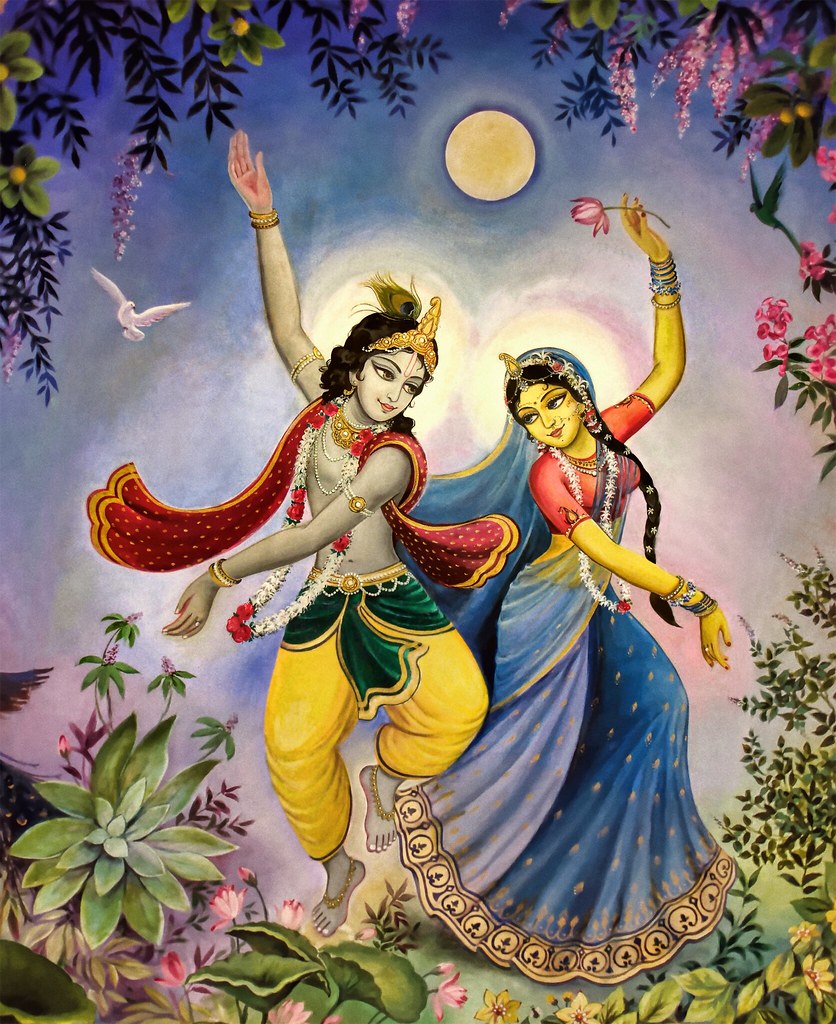Listen: That's So Hindu
What is caste?
The term ‘caste’ is derived from casta, the Portuguese word for lineage, breed, or race. There is no equivalent concept to caste as such in Indian languages.
Caste is one of the most complicated and misunderstood concepts encountered when attempting to understand India and Hinduism. Part of the challenge is that there is no universally accepted definition nor is there a uniformly held understanding of it. Yet caste and a caste system have become the primary markers of the Western understanding of Indian and Hindu society and culture.
The various definitions of caste used by sociologists, anthropologists, historians, Indologists, and even in common parlance may include but are not limited to concepts such as birth, occupation, rituals, endogamy, or race. All depend upon presumptions such as castes being homogenous entities with discreet boundaries that are identifiable in Indian society.
The definitions or idea of a caste system presumes its pan-Indian existence, a static four or five-fold hierarchy, and that communities belonging to particular castes in one part of India share something in common with similar castes in other parts of India, including perceived and actual social standing. But these presumptions do not exist with any consistency on the ground.
How does the Indian government define caste today?
The Indian Constitution guarantees equal rights to all citizens and prohibits discrimination on the grounds of caste, religion, race, sex, or place of birth. It also provides the state power to make special provisions for positive discrimination. As such, groups listed or designated at the national or state level as Scheduled Caste (SC), Scheduled Tribe (ST), or Other Backward Classes (OBC) are guaranteed certain legal protections and eligible for special provisions. The special provisions make up a system of affirmative action that is intended to increase access to opportunity and representation in education, employment, and government at both the state and union levels. Most of today’s designations were largely adopted from British census operations from the late 19th century and early 20th century.
Not during British rule nor today are all communities in India that face social or economic disadvantages necessarily designated as SC, OBC or ST. And, then and now, each community designated SC, OBC, or ST had their own identity, origin or ancestral legends, culture and traditions, and aspirations and challenges. And while there might have been overlaps in any of these factors, often communities sharing the same administrative designation were in conflict with one another.Over the past several decades, there have been well-documented efforts of certain communities lobbying state governments throughout India to get designated as SC or OBC, in large part for the benefits associated with caste-based provisions, including quotas in public education and public employment, as well as moves to get removed from the schedules. There have also been demands to get benefits based purely on economic need by communities that have thus far been considered dominant castes.
What are jati and varna?
Two indigenous concepts that are frequently associated with caste are jāti and varna.
Jāti are tribes, ancestral communities or generalized people groups with some kind of shared distinguishing features, such as origin story, history, worldview, teachings, customs, religion, vocations or occupations, and/or language and dialect, etc. Some jāti identify by a traditional guild affiliation, but adhere to different religions (Hindu, Muslim, Sikh, Jain, Christian, Buddhist, etc.) and/or their members engage in a variety of vocations or occupations. Some jāti share rituals, common ancestry, or adherence to a particular lineage, but are otherwise diverse in terms of traditional and current vocations or occupation, region, language, etc. Some jāti practice endogamy; others do not. Boundaries between and amongst jāti are also not always apparent nor discreet. A Jāti can function as a social network within larger social networks.
Indeed, members of one jāti may hold perceptions of difference and superiority, and treat or mistreat members of other jāti on that basis.. Such perceptions, however, were and are highly localized, and could be informed by a variety of factors ranging from social, economic, political, historical, even religious. That said, members of poorer or marginalized jāti also do not simply concede an attributed inferior status claim by others nor simply accept the claimed superiority of others over them. The social standing of a jāti in one region may be very different from a similar or even the same jāti living in another region, and social standing can change if an entire jāti moves from one area to another. Essentially, actual standing in any local hierarchy, even rivalries and frictions, have been complex, nebulous at best, and mobile over time.
Norms within and between various jāti are not tied to sacred texts or written social codes — they have historically been passed down through oral traditions and customs. Some of the Europeans’ understanding of caste emerged from observing the norms and traditions within and amongst different jāti as well as other local forms of social organization and identity such as kula (clan), gotra (patrilineage), or biradari (kinship) that they encountered.
There are thousands of jāti (and countless kula, gotra, and biradari) in the Indian subcontinent across all religions.
The Vedas make reference to four varna or functional personality types common to humans. Various Hindu texts have come to use the term, which has a variety of meanings (including form, figure, character, and hue) to describe a way of understanding human diversity and purpose.
In all human societies, this typology contends, there are individuals who are driven to pursue knowledge, impart knowledge and wisdom to society, or contribute to spiritual and religious wellbeing (brahmana/brahmin); those who exercise power to govern and protect society (kshatriya); those who seek wealth creation to support society (vaishya); and those who grow, make, or labor to nourish society (shudra). At the same time, personality or temperament and skills may change over time and the social functions one takes up are not mutually exclusive to any one individual or group.
As explained through countless sacred texts, stories, and poetry, and the interpretations and teachings of widely respected Hindu spiritual teachers, both past and present, varna is based on guna (qualities/virtues) and karma (thoughts, words, actions). Varna is not hereditary or familial nor is it a determinant of any established social hierarchy. Instead, they and other sources of sacred wisdom associate one’s varna with the individual’s predominant personality type.
All of Indian society was never organized nor functioned as only four varna.
Both concepts, varna and jāti, have been aspects of social identity throughout history of the Indian subcontinent, as have other local forms such as kula, gotra, or biradari. None, however, fully fit the earliest notions of caste or align into a caste system as imagined by Europeans.
Is caste relevant for South Asians in the US?
There is no credible or reliable data on caste identity of immigrants coming to the United States from South Asia or their descendants, let alone the existence or extent of caste based discrimination.
While some immigrants from South Asia may carry over various social identities and associated attitudes from their countries and communities of origin, the vast majority of cultural and religious organizations and institutions bring together and serve people of all caste backgrounds.
It is also true that some families, across all South Asian religious communities, may still show preference towards marrying within a specific jāti or biradari, in addition to regional or linguistic communities, but for every example of this there are ones to the contrary. And finally, for second and third generation people of Indian origin in the US and other diasporas, anecdotally, the importance of caste has declined rapidly, playing little to no role in day to day interactions, let alone the way in which they self-identify or select life partners.
It’s important to note that for Hindu “converts” — those tens of thousands of people without any ethnic connection to South Asia who have embraced Hinduism — caste is entirely irrelevant, thus further validating the point that caste is not intrinsic to the teachings and practice of Hinduism.
What is HAF’s position on caste discrimination?
HAF vehemently oppose all forms of prejudice and discrimination regardless of whether it is prohibited by policy or law and we reject any claim that prejudice and discrimination based on caste are inherent to Hinduism.
Hinduism teaches that the Divine is equally present in all. Because all beings are connected through this shared divine presence, prejudice and discrimination against anyone violates this most profound and fundamental teaching and the moral and ethical duties of selflessness, non-injury, and truth evoked by it. Leading Hindu teachers all insist on this.
Any discrimination against individuals or communities is a failure to honor this core Hindu teaching.
Does HAF think that caste should be a protected category for purposes of discrimination complaints in the US?
No, because it’s already covered, in effect, under existing law.
Discrimination based on national origin is already prohibited under US law as is ancestry and ethnicity under many state laws and public and private sector employment policies. National origin, ancestry, and ethnicity have been interpreted as protecting against discrimination on the basis of birthplace, ancestry or descent, culture, or language — all of which are social markers associated with the various theories and understandings about caste.
Every protected class under US civil rights law, namely race, national origin (ancestry/ethnicity), gender, religion, disability, age, and now sexual orientation are broad, facially neutral, universal classes. They seek to address well documented bases of discrimination broadly.
Caste as a specific category is problematic because it singles out and targets people of Indian descent given the singular association of caste and a caste system with India. Caste as a specific class also suggests that there is a form of prejudice and malice amongst only people of Indian and/or South Asian descent and Hindus that is so entirely different and abhorrent that it renders this group a suspect class meriting special monitoring and policing on the basis of their race, national origin, ethnicity, or religion. This in itself is discriminatory in light of the fact that prejudice and discrimination based on social backgrounds such as clan, class, sect, tribe, or other factors is prevalent within all countries and cultures.
Did the British really invent caste?
The modern conception of caste as a single, static, pan-Indian hierarchy, prioritizing varna as the main marker of status, did take shape in part due to British census taking during the 19th century. Prior to this Indian social hierarchy and class had greater regional variation, nuance, and fluidity. It’s notable that when asked by the British what caste they belonged to, Indians sometimes gave a varna, sometimes a jāti, sometimes their job title, some even gave their sex or gender, and some said they didn’t know at all.
However, understanding terminology or acknowledging the historical role of the British in conceiving an Indian caste system in no way denies that prejudices, discrimination or exploitation on the basis of various perceived differences in different quarters and levels of Indian society existed (and continues to exist) and that some groups or communities suffer more than others at different points in time.
It also does not deny the reality of individuals and groups using social, political, and economic advantages, even the color of religion, to justify their standing and behavior towards others. But the fact is that the legacy of colonialism very much informs not only the understanding of India to date, but also impacts contemporary caste and religious dynamics in the subcontinent.
Indian society is no different than any other society around the world in that individuals hold and act upon factors other than the inherent worth of others.
Without understanding the actual root causes of such perceptions, however, there can be little hope of resolving prejudice and discrimination and alleviating the harm and suffering that comes as a result.
Do Indians really tap each other on the back to tell what caste someone is? No.
Sometimes anticaste activists will put forth behaviors they say are done by so-called upper caste Hindus to try to determine the caste of other Indians. Tapping someone on the back (to try to feel a janeu, a thread worn by brahmins today, through historically was also worn at times by all varna), inviting you to a pool party (to try to see a man without a shirt, again to spot a sacred thread or lack thereof), or asking if someone is vegetarian, all are done, according to activists to try to ‘out’ someone’s caste.
While it’s impossible to say that none of these things have happened for this reason, it’s solidly safe to say that none are done with any frequency. Reporters should feel confident that if they observe one Indian tapping another on the back, it is probably done for the exact same reason a non-Indian would do so; inviting someone to a pool party is done on the promise of a fun afternoon with friends or colleagues; asking about dietary preferences is done out of ordinary hospitality in a society where different dietary needs are increasingly routinely accommodated. Caste doesn’t figure into it at all.
Key Terms
Biradari — Kin; origin of the word is Persian and denotes social classes among Muslims in India, Pakistan, and the Middle East.
Brāhmin — The varna associated with those people who pursue knowledge and learning; teachers, priests, academics.
Dalit — Literally “broken”; formerly designated as ‘untouchables’ through British censuses; the term does not refer to any one specific community but rather includes members of multiple communities who worked in an array of professions, some seen as unclean and as a result marginalized or ostracized by other local communities. Other groups self-identify or are identified as Dalit for a variety of other reasons. Communities self-identifying or identified as Dalits often share little in common with each other. Both individuals designated as Scheduled Caste or Other Backward Caste self-identify as Dalit.
Gotra — Patrilineages that are believed to go back to eight ancient rishis or sages.
Kshatriya — The varna associated with those who seek to govern, seeking social power and authority; politicians and civil servants, police and military, civil society workers.
Jāti — Tribes, ancestral communities or generalized people groups with some kind of shared distinguishing features, such as origin story, history, worldview, teachings, customs, religions, traditional trade or guild affiliation, vocation, profession, or trade, and/or language and dialect, etc. A Jāti can function as a social network within larger social networks.
Kula — Clans or people groups consisting of extended family with a shared actual and perceived ancestry and kinship.
Other Backwards Class (OBC) — A designation under the Government of India that guarantees certain legal protections and special provisions (reservations or quotas) in legislative representation, public education and public employment at both the federal and state levels based on several factors including collective lack of social status as well as limited access to education and representation in the public sector. At the same time, the OBC category represents a wide range of groups that have had varying socio-political and economic experiences both historically and in modern times.
Scheduled Caste (SC) — Refers to a multitude of groups that often share little in common with one another economically, culturally, politically, religiously, or socially but for a designation under the Government of India that guarantees certain legal protections and special provisions (reservations or quotas) in legislative representation, public education and public employment at both the federal and state levels. Today’s Scheduled Castes are largely those designated as “Depressed Classes” in the 1931 census by the British government. According to the Constitution of India, the President of India, after consultation with the Governor, may specify, “the castes, races, tribes or parts of groups within castes or races, which shall be deemed to be Scheduled Castes.” Since India’s independence, few changes to the caste schedules have been made, though communities have been both listed and delisted.
Shudra — The varna associated with those people who farm the land, are skilled craftspeople and artisans, are entertainers, who work in what today would be called the service industry.
Vaishya — The varna associated with those people who engage in commerce, and business, those who seek to own land.
Varna — The four archetypes (brāhmin, kshatriya, vaishya, shudra) in Hindu sacred texts that lay out a framework for a balanced and well-functioning society.







